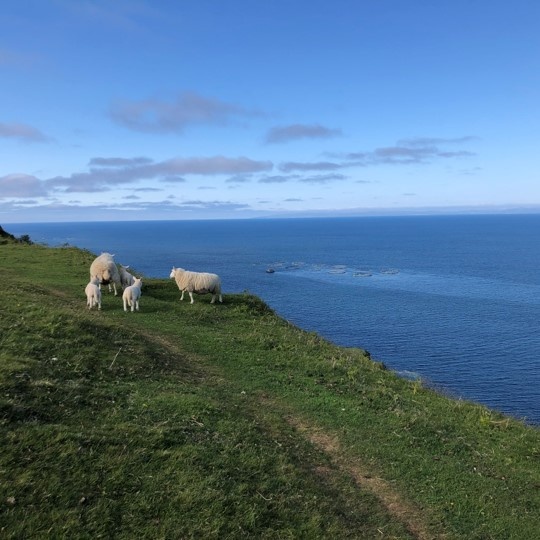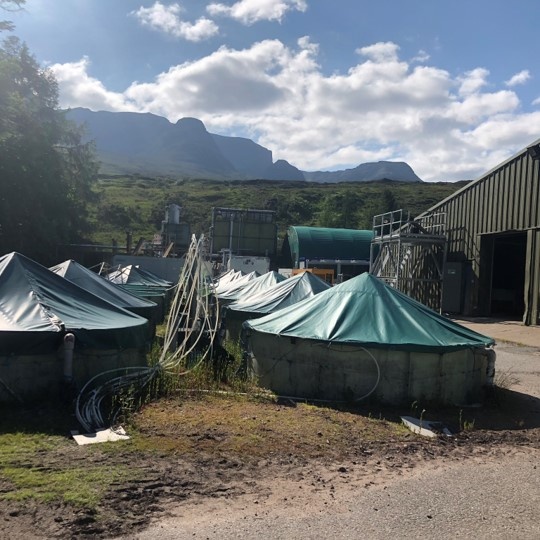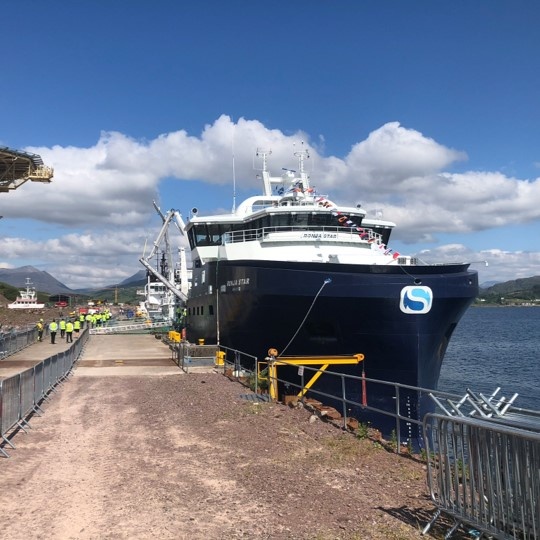1. Chile Report: Salmon Farming
At the beginning of 2019, we took the opportunity to visit salmon farming operations in the Chilean summer.
On a short trip to the Scottish Highlands, Bonafide had chance to meet professionals and experts from the seafood industry. The following blog post talks about the typical history of salmon-farming regions and provides insight into the current, headache-inducing regulatory environment. Scotland has a better chance than ever to revitalise its coastal regions, but it will take political courage to act rapidly and make changes before other countries do.
In the 1980s, the Scottish aquaculture industry felt like a gold rush. The administration of the day took a progressive approach, promoting salmon farming through government subsidies and trying to create an entirely new industry. Subsidised by the State, farmers and fishermen began to fatten a few fish as a sideline. It wasn’t long before the first “pork cycle” led to a supply glut: prices plummeted and of the original 220 fish farmers, only around half survived. As feared by the left, capitalism had struck in the shape of consolidation, although arguably farmers weren’t forced to sell their (free) licences to their neighbours. This supply glut cycle repeated itself several times before the somewhat more technologically sophisticated Norwegians bought in. Today just six companies, almost all of them foreign-owned, are responsible for the annual Scottish farming volume of approximately 200,000 tonnes.

The situation of aquaculture regulation in Scotland today provides a prime example of government overreach. Originating from economically remote communities, fish and seafood are easily the UK’s most valuable export, and while at top level the national government consistently makes the case for the industry, the regulatory environment is letting it down. It involves no less than five authorities and seven different laws during licensing process. Coordination or cooperation within the State is non-existent. Applying for the initial licence requires numerous expert opinions, making the process costly and time-consuming. If, after all this, the authorities give an applicant the go-ahead, the application is submitted to the public. Once in the public purview, it only takes 20 objections (coming from all over) to trigger an in-depth investigation by a committee convened especially for the purpose. This plays into the hands of grudging neighbours and organisations which view factory farming as a thorn in their side. Hard-to-follow official decisions leading to the withdrawal of licences do the rest. In recent years, only one new enterprise has dared to make the initial application for a licence.

The “old economy” of small, inefficient fishing boats in the world’s coastal regions offers no future for young people. Apart from sheep farming and tourism, in Scotland there are not many local alternatives. Urban migration is also omnipresent. Many houses are now only occupied as holiday homes for a fortnight a year. A growing aquaculture industry would be an obvious way to revitalise coastal regions. Businesses are now more willing than ever to spend their investment and production costs locally, thus generating turnover for third-party companies. They recognise the importance of supporting the communities around them and helping them to prosper. They create jobs, pay taxes and breathe life into coastal areas. It’s up to policy makers to create the framework conditions to ensure that investing today in a sustainable and growing aquaculture industry will pay off for all stakeholders in the long run. This includes charging appropriate fees for the use of natural resources that belong to the general public.

Last year, the Scottish government published an industry report by an independent professor commissioned to conduct interviews with various stakeholders and develop recommendations for possible step-ups in regulating the salmon industry. His suggestion to develop a vision and good framework conditions within a year was not commented upon by the politicians. And yet the hope remains that sooner or later something might change within the industry to allow further development. Norway has served up the opportunity for large, privately financed investment programmes in Scotland on a silver platter, as the Norwegian government recently imposed additional taxes of 25% on its most promising future industry. And in the Faroe Islands, too, politicians are getting greedy, which is pushing companies to increase their foreign investments. Given the low global supply growth, salmon farmers’ pockets will be full for years to come. In the current environment, a smart government could make wise decisions and ensure long-term prosperity for its coastal regions. It would be a win-win-win situation for politicians, industry and local residents.

Comments